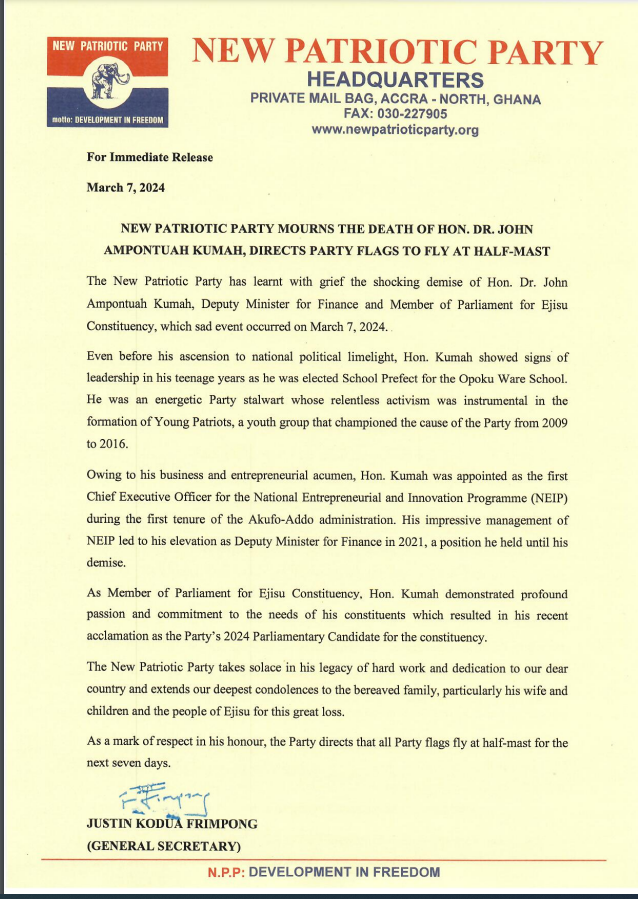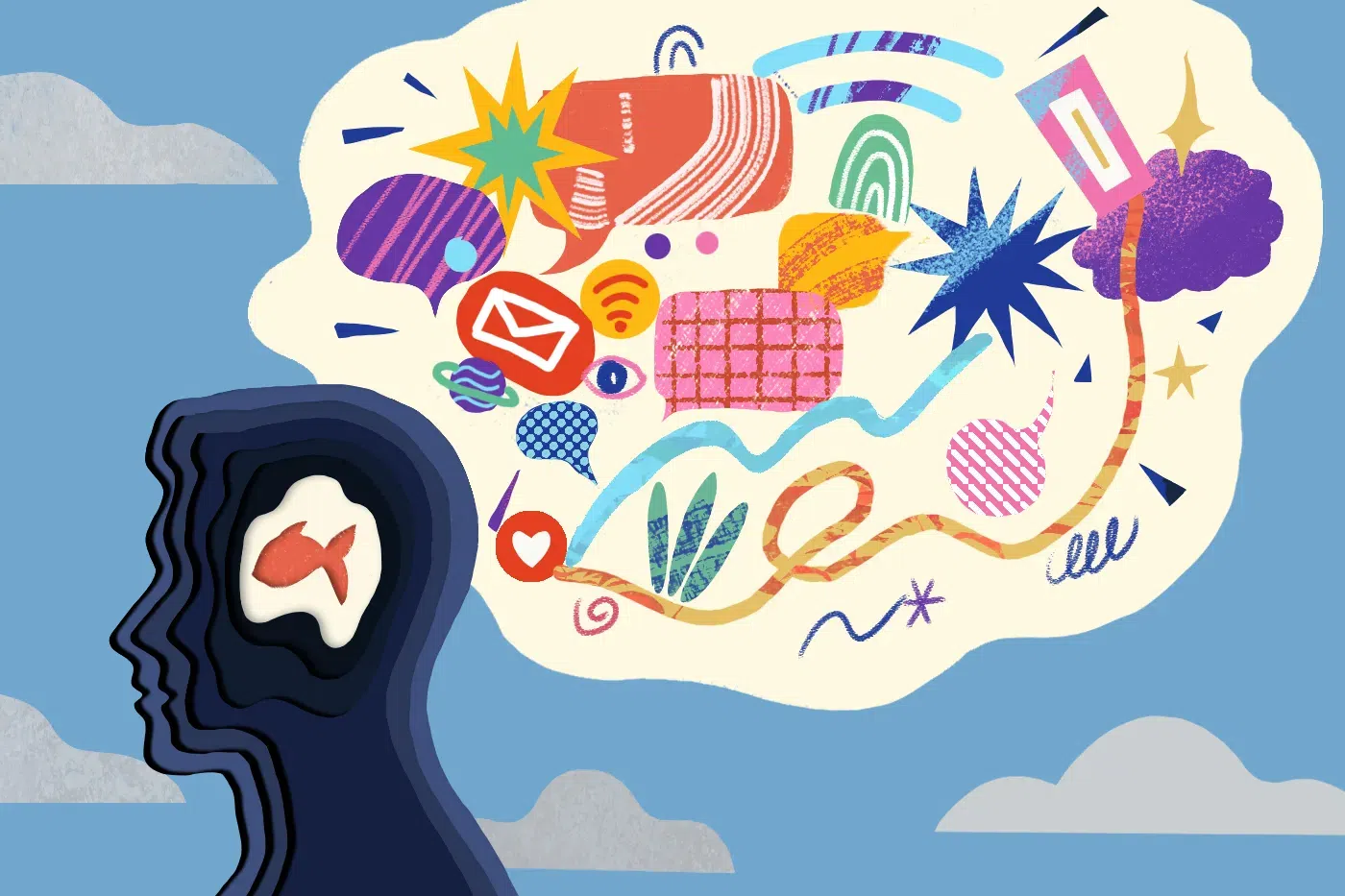
By Rejoice Esi Asante (PhD)
Recently, my institution came under public condemnation over certain breaches in the enforcement of a dress code for students on campus. Videos on social media show the manhandling of a female student by a member of the enforcement team.
Uncivil as the conduct may seem, brings to mind the need to raise red flags of incivility and the accompanying psychological, social and emotional consequences.
The institution later took steps to condemn the act, apologize to the victim and pledged to uphold the dress code with respect and civility. Sometimes incivility occurs not because people want to be uncivil but there are individual, social and organization factors that trigger it.
Incivility includes behaviors like rudeness, disrespect, and insensitivity, which can harm both individuals and organizations, by eroding morale confidence, reducing productivity, and even lead to legal and financial consequences for organizations.
Individually, those experiencing incivility may suffer from increased stress, reduced job satisfaction, and negative impacts on their physical and mental health. Incivility represents a form of psychological harassment and emotional aggression that violates the social norm of mutual respect. Whether it is done with or without conscious intent, incivility is costly. It is also entirely preventable (Murrell, 2018). This article raises the issue of incivility especially at the workplace and in other environments and examines the causes, effects and how to mitigate it.
Incivility:
It is any form of socially harmful behaviour, such as aggression, interpersonal deviance, social undermining, interactional injustice, harassment, abusive supervision, and bullying (Houshmand, et al., 2012).
There is evidence of some parents being uncivil to their children and vice versa, some teachers/lecturers behaving in uncivil manner towards students and spouses and those in relationships, colleagues at work, superiors and subordinates, being uncivil one to another. Impatience and the misuse of power is often at the core of the harmful, negative interactions with the target of incivility more likely being of a lower status than the perpetrator (Murrell, 2018).
Stressful work environments, lack of clear and uncertain communication and inadequate conflict resolution have contributed to incivility in organisations, while personal traits, past experiences have played a role in fostering incivility among individuals. Some societal and cultural norms promote potential incivility among groups and all these have consequences on both victims and perpetrators (Wang, 2008).
Incivility is said to be perceptual and so it is in the eye of the beholder (Porath, et al., 2015). Psychologically, it is a mild form of deviant behavior that is of low intensity, ambiguous as to the intent to harm, and violates respectful social norms.
It is not only restricted to verbal mistreat but can also be nonverbal. As a result of its low intensity and difficulty to observe, incivility is contemplated as trivial or harmless hence easily neglected; however, constantly ignoring these tendencies paves the way for incivility to thrive and intensify leading to workplace violence.
Workplace Incivility
Workplace incivility is a behaviour that exists in the organisation that violates norms, and threatens the well-being of the organisation and its employees. It is a malicious, form of workplace violence that has recently received attention (Mathieu, 2021). It is seen as a new notion of antisocial behavior that has been perceived in various disciplines such as education, health and management sectors, characterized by disrespect, thoughtlessness, rudeness (Anderson and Pearson, 1999).
Some examples of workplace incivility include cutting off colleagues or shutting down suggestions or opinions without discussions, dismissive tones, eye-rolling, or sarcastic remarks, yelling, abrupt or passive-aggressive responses, or ignoring messages, gossiping or spreading rumors, failing to share important updates and consistently arriving late to meetings (McKenna, 2025). In Lyra Health’s 2025 Workforce Mental Health Trends Report, 22% of employees cited workplace incivility as their top stressor, making it a leading factor impacting mental health—alongside financial stress and work-related stress and burnout.
Workplace incivility is increasing and every year with millions of employees falling victim (Berenbaum, 2010). Researchers found it alarming, dominating many organizations from government agencies, medical and sports organization to academic and many other non-profit and profit organizations (Person and Porath, 2005). Reports show that 98% of employees experienced some form of incivility, with 50% reporting that they had been treated rudely at least once a week (Porath and Pearson, 2013).
Forms of Workplace Incivility:
Four forms of workplace incivility have been discussed in literature (Andersson and Pearson, 1999). They are exclusionary behaviour, gossiping, hostility and privacy invasion. Exclusionary behaviour ranges from minor tactics such as abrupt responses, to more serious instances, with the most serious form of ostracism behaviour such as individual actions that leaves out other coworkers in the organization on high degree of divergent.
Gossiping, another form of incivility, sometimes perceived as trivial, invasive, and commonly harmful, is the spreading of false or negative information about coworkers to other persons or groups in regards to their personal, private and confidential information. It is also associated with negative connotations, referring to spreading of malicious information, unreliably sourced and unchecked tales and misinformation.
Hostility, a behavior that seeks to perpetrate harm which is not physical in nature for instance rude, discourteous behaviour and display lack of regards for others is another form of incivility. It is a type of nonphysical incivility that seeks to inflict anger, hatred, or harm. Finally, privacy invasion, which has to do with “invading into the personal life of another coworker, without just cause” (Andersson and Pearson, 1999). has been discussed in addition to harassment, aggression, abusive supervisors, unfair treatment by managers and coworkers, and bullying and quiet recently, cyber bullying.
Factors and Causes of Workplace Incivility:
Individual, social and organizational factors have been identified as causing incivility. Lack of character and ethics, past experiences by individuals, lack of sensitivity to injustice and harassment, different goals, incompatible personalities and biases and stereotypes, form individual factors. At the workplace, incivility include issues relating to organizational justice, i.e. distributive, procedural and interpersonal justice, destructive leadership, human resource policies and procedures that are unfair including bad performance review processes and lack of grievance processes. Social factors include tends and cultural norms that influence people’s interaction with others promoting or discouraging incivility.
Individuals face psychological challenges such as stress, anxiety and even depression from experiencing incivility, contributing to health problems. Work-related and interpersonal consequences include employees experiencing lower job satisfaction, demotivation, and less productivity. Post-traumatic stress disorders, negative emotions like anger and fear, intentions to quit and other uncivil behaviours such as sabotage and aggression, have also been reported to cause incivility experienced by individuals, damaging relationships with colleagues and leading to negative work environments.
Cortina et al. (2001) found that as personal encounters with incivility become more frequent, employees’ feelings of general psychological distress, such as depression and anxiety, increased. Similarly, Pearson et al. (2005) found that more than 50% of the targets of incivility lose time worrying about the incident and contact with the initiator. More than 25% waste time trying to avoid the initiator, while more than one-third intentionally reduced their work efforts, discontinued tasks and activities beyond job descriptions, and ceased voluntary efforts.
Porath (2012) notes that the stress from incivility affects productivity in the sense that it disrupts memory and hinders information processing, impeding problem solving, which then leads to more superficial and simplistic thinking. Gonzaels (2024) observes that workplace incivility is more common than we think, and the prize of incivility can be high (Porath, and Pearson, 2013).
The Harvard Business Review (2013) for instance, indicated negative responses by employees to incivility and the cost to organizations. It found that 48% intentionally decreased their work effort, 47% decreased the time spent at work intentionally, 38% decreased the quality of their work, 63% lost work time avoiding the offender, 66% said performance declined, 25% admitted to taking frustration out on customers while 12% said they left their jobs because of incivility.
Spiral Theory of Incivility
This theory proposes that uncivil behavior can escalate into a destructive cycle, where one act of incivility provokes a retaliatory response, leading to further incivility and potentially violence. It shows that incivility begins when an uncivil act is recognized and anticipated (Andersson and Pearson, 1999). They explained that when employees recognize uncivil acts as breaching the norms or generally unacceptable behaviour, the victim, either fascinated for retaliation becomes stirred by negative affect, reaching a breaking point due to dissatisfaction such as anger, insult, loss of face and this could bring about deliberate intense behaviors such as disorder or aggression within the organization. This is likely to result in unacceptable behavior in reaction to the incivility perceived. It is a “tit for tat”, “you do me I do you” kind of behaviour.
The spiral of incivility becomes contagious like emotions and this could progress until justice is restored, forgiveness is asked, pardon is given, or one of the involved parties resigns. Thus incivility, begets incivility, and when someone experiences rudeness, they are more likely to respond with similar or even more aggressive behavior. The spiral of incivility can escalate into more severe forms of mistreatment, antisocial behavior and workplace aggression (Murrell, 2018).
Both individuals and their employers can be the root cause of mistreatment at work. Subordinates, in line with the spiral theory are likely to be ruder to rude superiors and colleagues. This can be catastrophic to teamwork, because it undermines collaboration and individual member performance (Porath, Fould, & Erez, 2015). Ohemeng and Adu-Brobbey (2018) contend that acting with disregard for others in the workplace, in violation of workplace norms for respect, has damning consequences.
Mitigating strategies:
Deliberate effort must be made to mitigate incivility. The need to promote a culture of respect, psychological safety and well-being, addressing incivility promptly and effectively, avoiding offensive and hate speech, creating positive workplaces by showing respect, a sense of security, showing empathy, integrity, keeping people informed, engaging in active listening, building trust, and developing interpersonal skills, self-control, help promote civility (Mathieu, 2016; Johnson and Lee, 2018).
Additionally, McKenna (2025) suggest setting clear expectations and consequences, open communication and feedback, anonymous reporting options, structuring interactions to minimize conflict and providing quality mental health resources. Establishing norms of zero tolerance for incivility and serving as positive role models in words and deeds by leaders is also key. (Murrell, 2018).
The post Incivility at the workplace, an unavoidable red flag appeared first on The Business & Financial Times.
Read Full Story



















Facebook
Twitter
Pinterest
Instagram
Google+
YouTube
LinkedIn
RSS